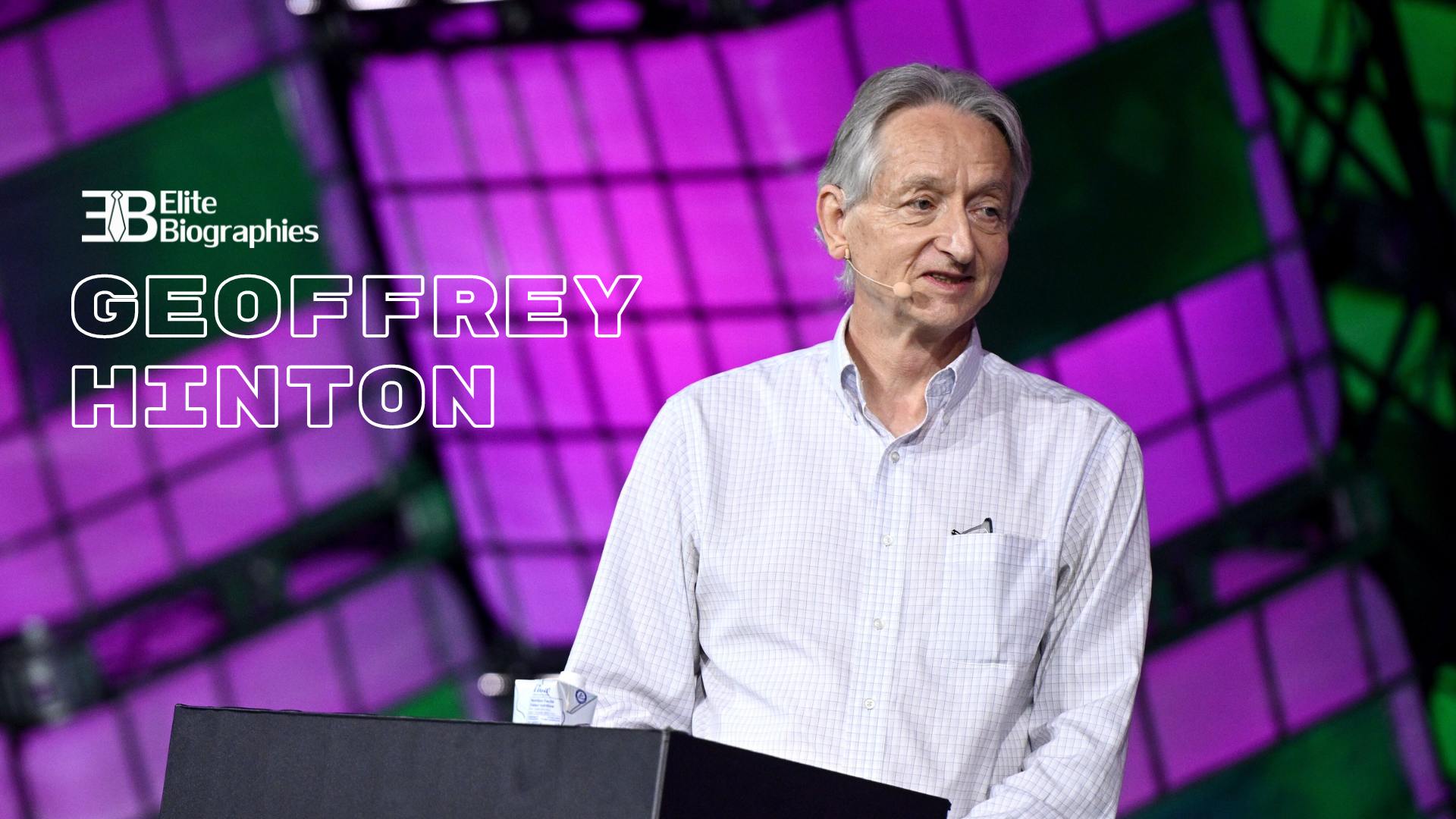
Geoffrey Hinton, also known as the “Godfather of Deep Learning,” is a British-Canadian computer scientist and cognitive psychologist who has made pioneering contributions to the field of artificial intelligence. Hinton is best known for his work on neural networks, specifically his development of the backpropagation algorithm and the creation of the first successful deep learning model, known as the “Deep Learning Network.”
Early life
Hinton was born in London, England in 1947 and received his Bachelor’s degree in Psychology from the University of Edinburgh in 1969. He went on to earn his Ph.D. in Artificial Intelligence from the University of Sussex in 1978. After completing his Ph.D., Hinton spent time as a researcher at the University of Sussex.
Career
He received a Ph.D. in Artificial Intelligence from the University of Sussex in 1978. After this, he worked at the University of Sussex and after struggling to find funding in Britain, later moved to the University of California in San Diego, CA, US.; he also worked at Carnegie Mellon University.
He was the founding director of the Gatsby Charitable Foundation Computational Neuroscience Unit at the University College London. While Hinton was a professor at Carnegie Mellon University (1982–1987), he worked with David E. Rumelhart and Ronald J. Williams to apply the backpropagation algorithm to multi-layer neural networks.
Around the same time period, Hinton co-invented Boltzmann machines with David Ackley and Terry Sejnowski. In addition, he contributed to neural network research with distributed representations, time delay neural networks, mixtures of experts, Helmholtz machines, and Product of Experts. Each of these advanced the industry and the continued study of the areas of neural networks and Deep Learning.
He is also the co-inventor of the influential “AlexNet” deep learning model, which won the ImageNet Large Scale Visual Recognition Challenge in 2012 and sparked a revolution in the field of computer vision.
AlexNet is a deep learning model created by Alex Krizhevsky, Geoffrey Hinton, and their team at the University of Toronto. AlexNet was the first ever deep neural network entered into the ImageNet Large Scale Visual Recognition Challenge (ILSVRC) competition in 2012 and won with an astounding 85% accuracy rate.
AlexNet had a significant impact in introducing deep learning to the public and is credited with initiating the Deep Learning Revolution. It set new records not only for accuracy but also for training duration as it trained 60 million parameters in less than half a day on two GPUs. AlexNet is based on supervised learning, meaning the model is already conditioned to recognize certain objects and patterns within images that it’s fed into the input layer during training time. AlexNet has been widely used since its conception by organizations all over the world to detect specific objects within datasets such as humans, animals, plants, and more.
Despite his many achievements, Hinton remains humble and dedicated to his work. He continues to be an active researcher and is always looking for new ways to advance the field of artificial intelligence and improve our understanding of the human brain.
He is currently a researcher at Google Brain and the University of Toronto. He holds a Canada Research Chair in Machine Learning and is currently an advisor for the Learning in Machines & Brains program at the Canadian Institute for Advanced Research.
His research investigates neural networks and how they use machine learning, memory, perception, and symbol processing. Over his time, he has authored or co-authored over 200 peer review publications in his field.
At the Conference on Neural Information Processing Systems (NeuRIPS) 2022, Hinton introduced a new learning algorithm for neural networks. He calls it the “Forward-Forward” algorithm. Its goal is to replace the traditional forward-backward passes of backpropagation with two forward passes, one with positive (i.e., real) data and the other with negative data which could be generated by the network itself. This will greatly advance the industry and how the information is processed in future programs.
In addition to his work on artificial neural networks and deep learning, Hinton has also made significant contributions to the field of cognitive psychology. He has conducted research on a wide range of topics, including perception, attention, and memory, and his work has helped to shed light on how the human brain processes and stores information.

Net Worth
Geoffrey’s net worth is not currently available, but it has been estimated to be between 5-10 million approximately.
Achievement
Hinton has received numerous accolades for his work, including the Queen Elizabeth II Diamond Jubilee Medal in 2012. Hinton has also received numerous awards for his work in the field of artificial intelligence and cognitive psychology.
In 2018, he was awarded the Turing Award, which is considered the “Nobel Prize” of computer science. He is also a Fellow of the Royal Society, a Fellow of the Royal Society of Canada, and a Fellow of the Association for Computational Linguistics.
Hinton is perhaps best known for his work on artificial neural networks (as described above), which are designed to mimic the way the human brain works. He was one of the first researchers to explore the use of backpropagation, a method of training neural networks, and his work has been instrumental in the development of deep learning algorithms.
In 1986, Hinton and his colleagues developed the backpropagation algorithm, which is now a fundamental tool in the field of artificial neural networks. This algorithm allows for the efficient training of neural networks by using gradient descent to adjust the weights and biases of the network.
Hinton’s work on neural networks has also led to significant advances in the field of natural language processing. He and his team developed the widely used Word2vec algorithm, which is used to generate word embeddings that can be used in natural language processing tasks. In 2012, Hinton and his team at the University of Toronto made a breakthrough in the field of image recognition when they developed a deep learning algorithm that was able to achieve record-breaking accuracy on the ImageNet dataset. This achievement was significant because it demonstrated the potential of deep learning algorithms to solve complex tasks and opened new possibilities for their use in a variety of applications.
Related Bios

Guatam Bakshi
Guatam Bashki is a climate risk strategist and entrepreneur, internationally recognized as the founder and CEO of 15Rock...
Read More